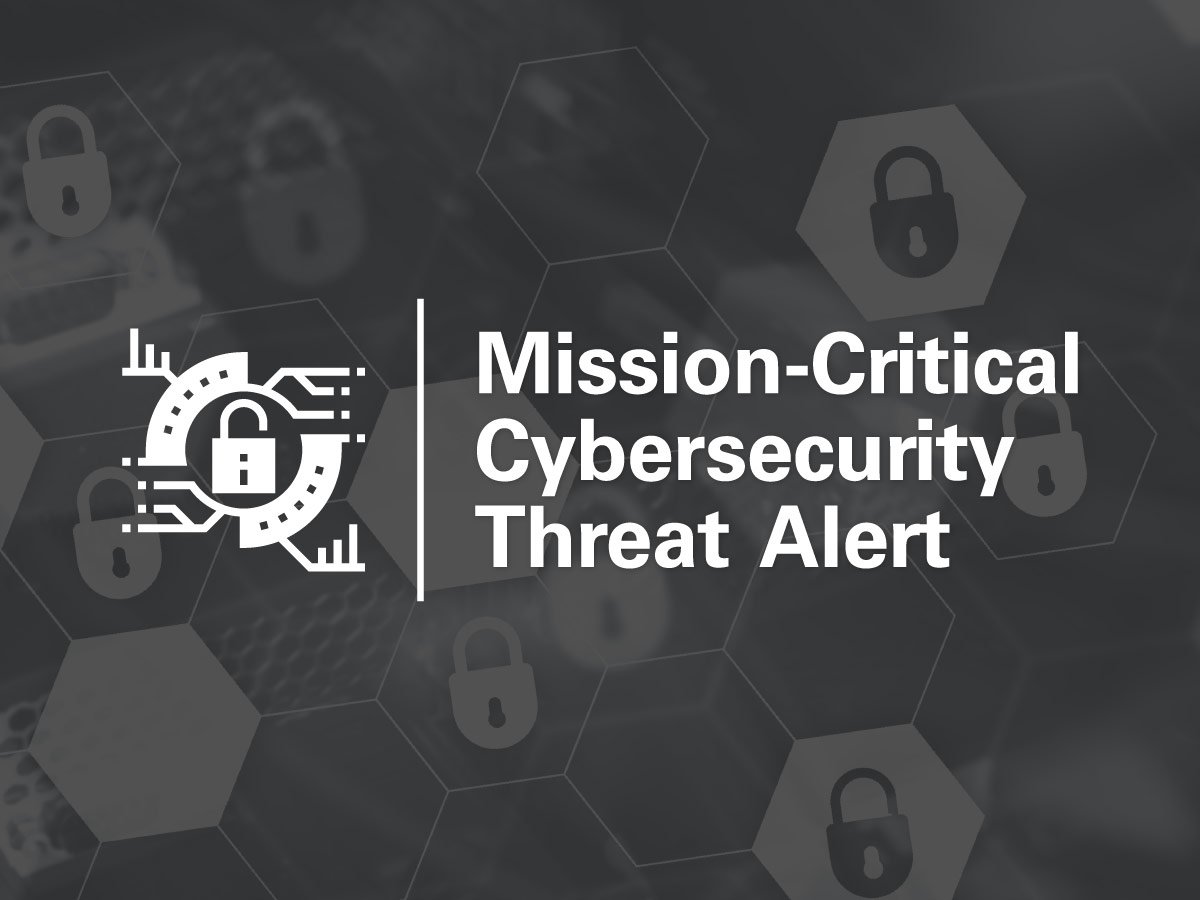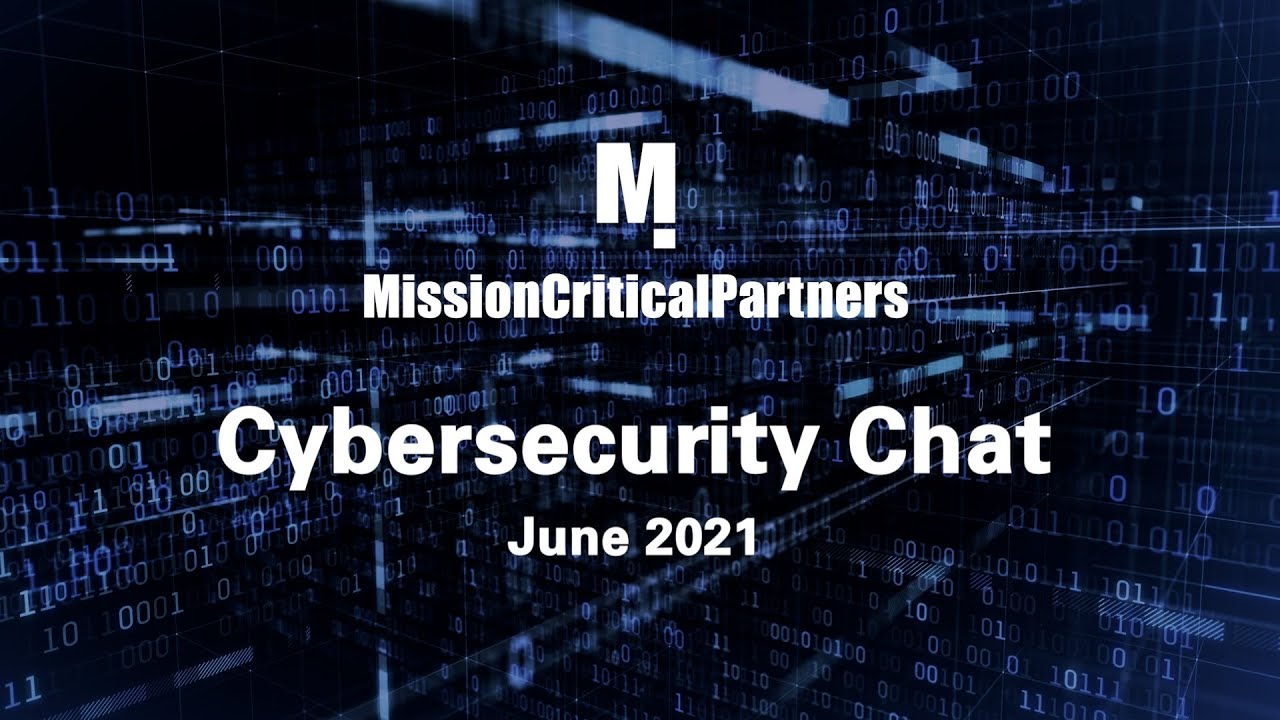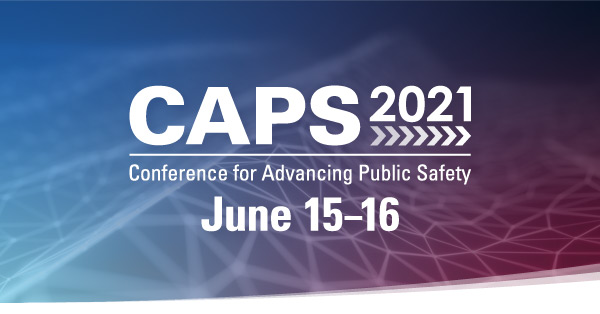Cybersecurity Threat Advisory: Office 365 Zero-Day Attacks
Microsoft released a mitigation for a vulnerability that exists in the Windows 10 operating system that can be exploited against Office 365 and Office 2019. Identified as CVE-2021-40444, this vulnerability could allow attackers to execute arbitrary code on a device if exploited. Because Microsoft Office is used and trusted by millions worldwide, attackers potentially could launch very-large-scale attacks; accordingly, this vulnerability has a severity rating of 8.8 out of 10. Recommendations from Mission Critical Partners to prevent devices from becoming susceptible to this vulnerability are below.
Topics: Cybersecurity









